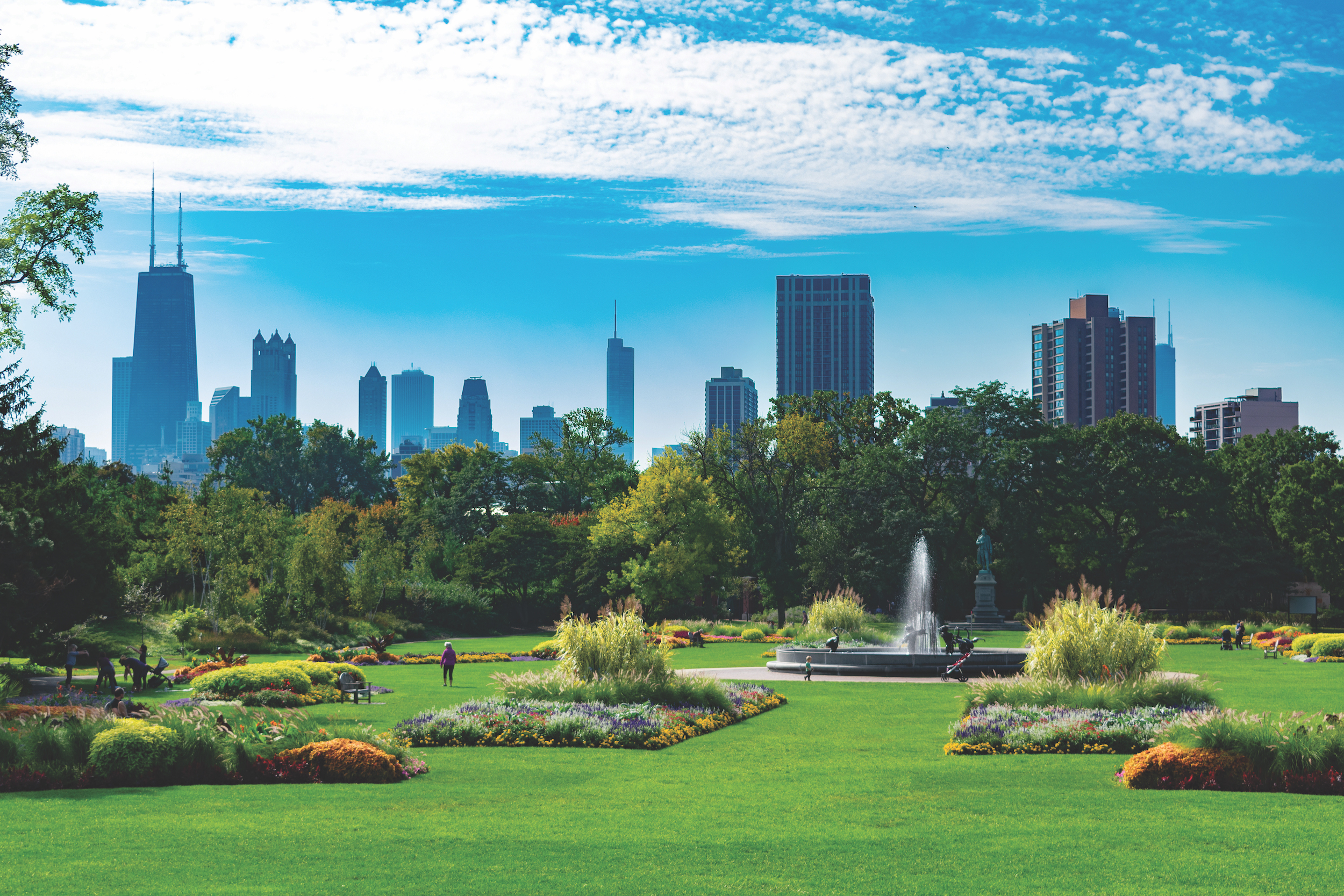
Forest in the City
The trees in our communities provide many benefits: they improve air quality, store carbon, and conserve energy.

The trees in our communities provide many benefits: they improve air quality, store carbon, and conserve energy.
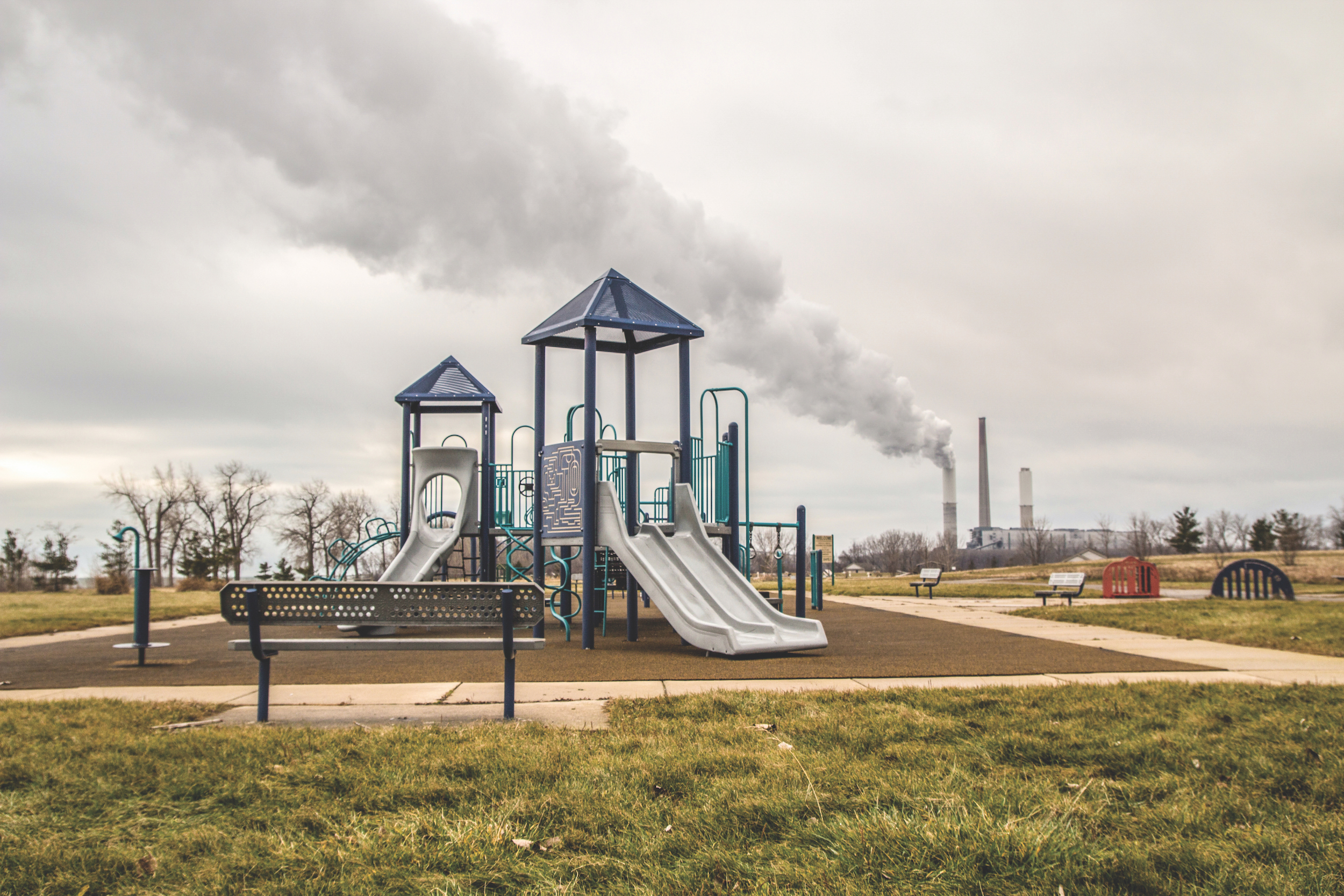
Everyone has an equal right to a healthy environment—but does everyone have a healthy environment?
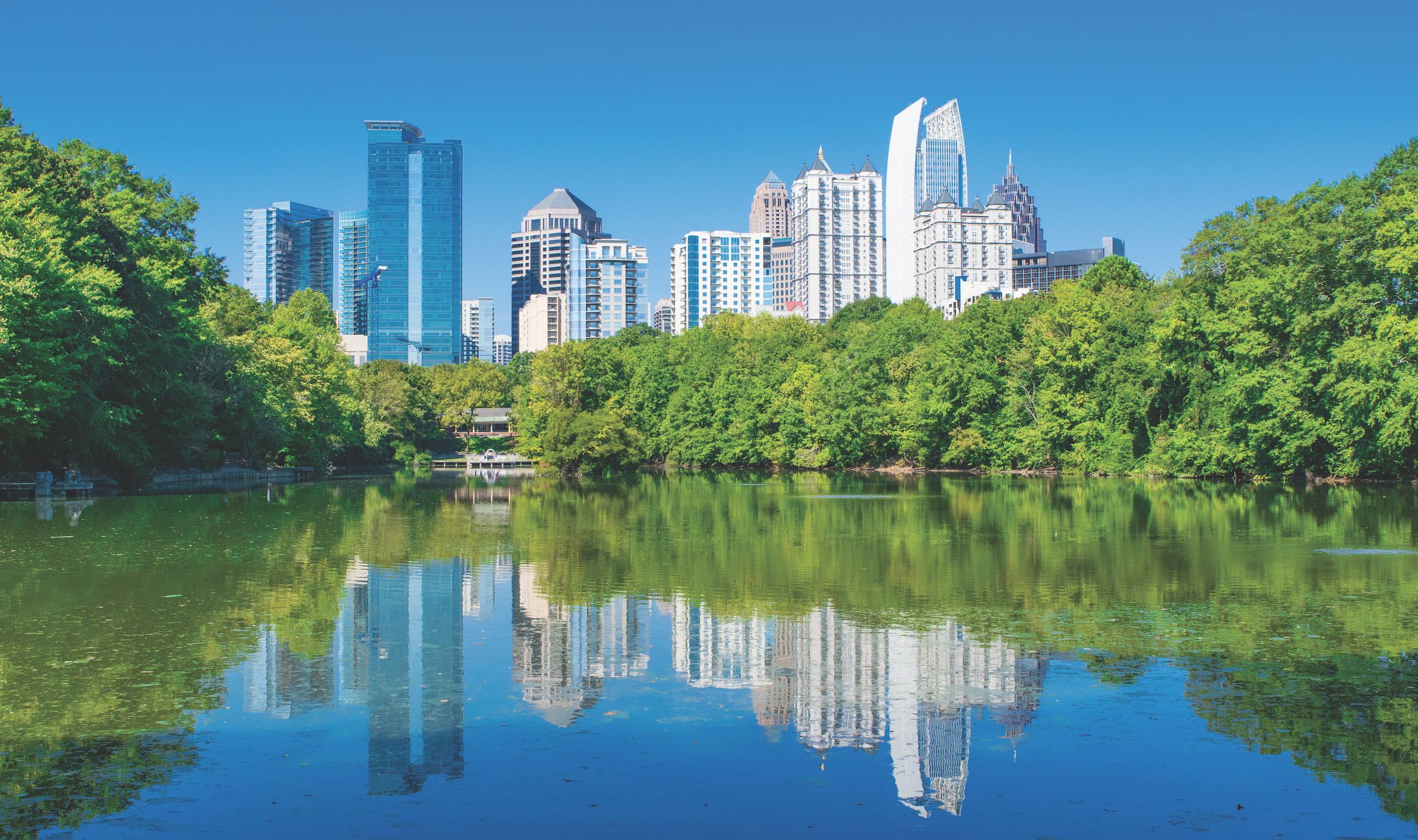
Decisions about community land use are complex and often involve many people in many ways. In this activity, students use trees as a backdrop to develop a land-use plan.
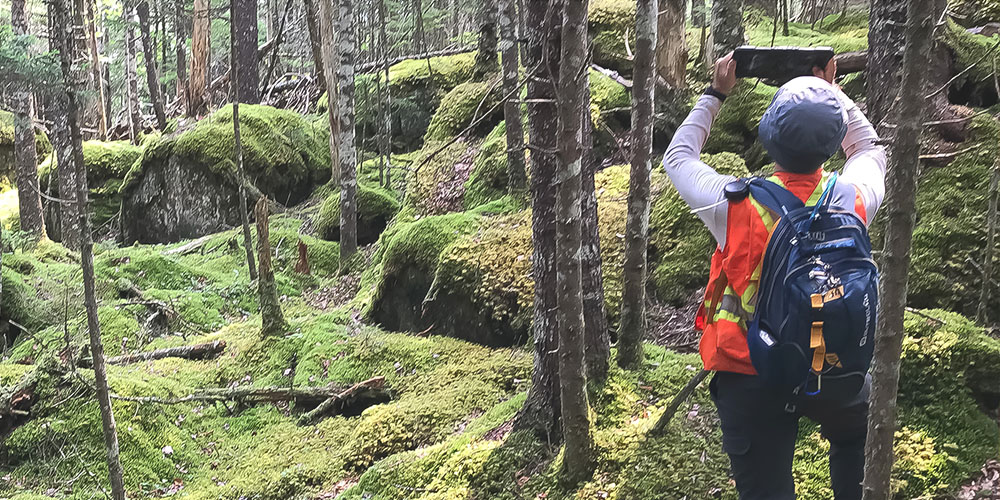
Learners explore the concept of sustainability by examining the United Nations’ 17 Sustainable Development Goals, while also taking a look at some jobs involved in ensuring forest sustainability.

Through a variety of health indicators, learners assess the health of a forest area and see how soil scientists, wildlife biologists, arborists, and other forest professionals monitor forests.

Acting as foresters, learners grapple with decisions about how to manage a forest sustainably while serving different needs.

As an introduction to some of the people who work in and on behalf of forests, learners research different forest sector careers to learn what it takes to perform these jobs.

Download one of these free mobile apps to make identifying trees and the products they give us fun and educational for children and teens!

Students investigate and report on their connection with a special place and with their greater community.
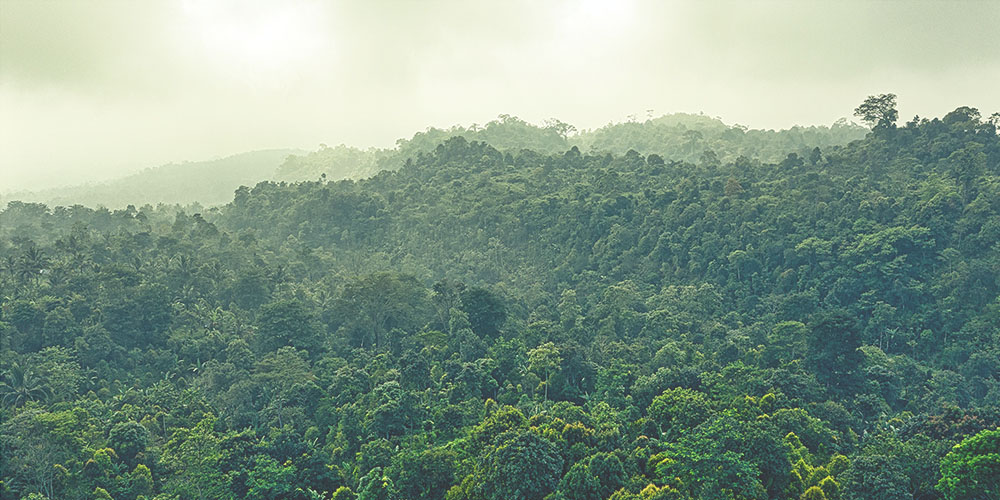
Students explore their connections to the world’s forests by researching a forest in another country or region and by creating a profile about that forest.